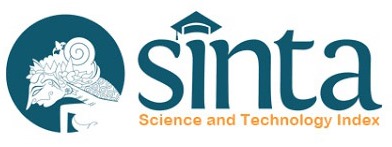Non-Target Screening Method for the Identification of Persistent and Emerging Organic Contaminants in Seafood and Sediment from Jakarta Bay
Abstract
Identification of persistent and emerging organic contaminants in green mussels (Perna viridis), various fishes, banana shrimp (Penaeus merguiensis) and sediment samples from Jakarta Bay has been employed. A non-target GC-MS screening approach has identified more than 60 individual organic compounds from the whole fractions either non-polar, semi-polar or acidic-polar compounds. The substances comprised as persistent organic pollutants (POPs) including DDT (dichlorodiphenyl trichloroethane) and its metabolites as well as high molecular weight polycyclic aromatic hydrocarbons (HMW-PAHs). Noteworthy, a number of emerging contaminants detected in the present study have never been reported previously either from the same location or from Asian waters. They include some priority contaminants of non-persistence halogens and emission of technical products, such as di-iso-propylnaphthalenes (DIPNs) dichlorobenzene (DCB), dichlorodiphenyl chloroethene (DDMU) and phenylmethoxynaphthalene (PMN). In general, the concentration order of the priority organic contaminants was sediment > green mussel > fishes > shrimp. Further analysis based on the spatial distribution, individual concentrations and bioavailability suggested that some contaminants are applicable as molecular marker for the assessment of anthropogenic emission in Jakarta Bay, i.e. DIPNs, linear alkylbenzenes (LABs), phenylmethoxynaphthalene (PMN), PAHs, dichlorobenzene, DDT and its metabolites.
Keywords
Full Text:
PDFDOI: https://doi.org/10.15578/squalen.175
Refbacks
- There are currently no refbacks.
ISSN : 2089-5690(print), E-ISSN : 2406-9272(online)
This work is licensed under a Creative Commons Attribution-NonCommercial-ShareAlike 4.0 International License.










